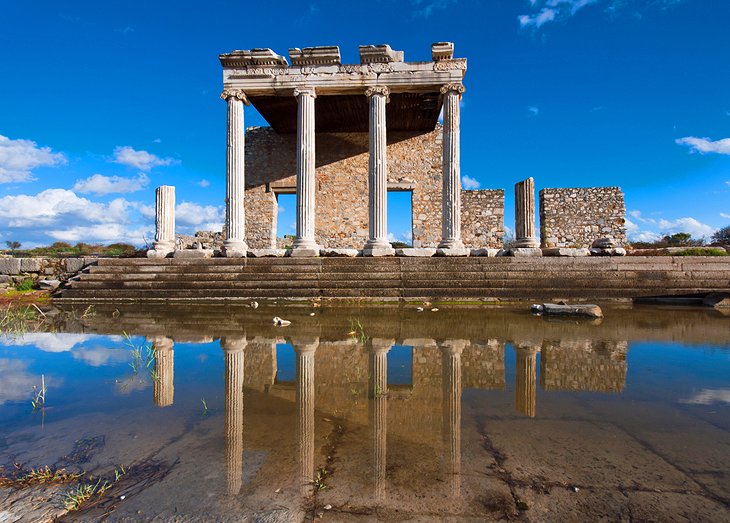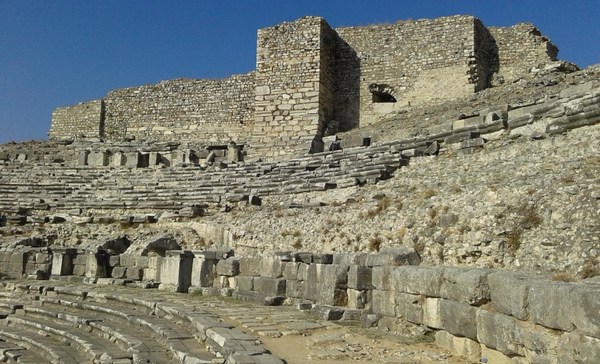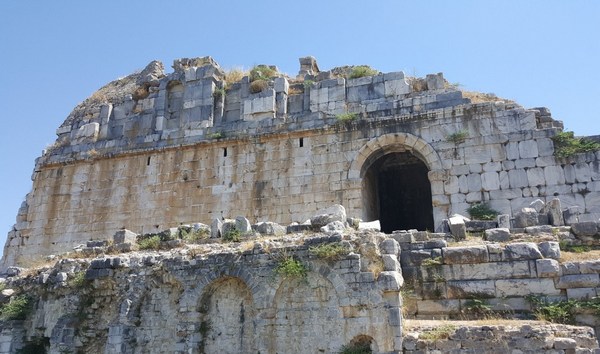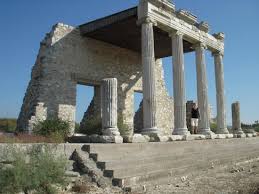Miletos: The Birthplace of Philosophy and Science
The Cradle of Philosophy & Ancient Wonder



Miletos, one of the most ancient and significant cities of Ionia, is located north of Söke, approximately 60 kilometers from Kuşadası. Historically, it was situated at the point where the Büyük Menderes River (“Meander”) flowed into the Aegean Sea.
Over time, due to the alluvial deposits carried by the river, Miletos gradually became distanced from the coast. This shifting landscape explains why multiple harbors are visible in different areas today.

The city was renowned for being home to some of history’s greatest thinkers and scholars. Miletos produced philosophers and scientists such as Thales, Anaximander, and Hekataios—whose works were principal sources for historians like Herodotus.
Closer to the Byzantine era, Isidorus, the architect of the Hagia Sophia in Istanbul, was also a native of Miletos. Additionally, the city’s alphabet was adopted across the Greek world as the official Greek script, which later became the basis for the modern Latin alphabet.
Miletos was invaded by the Ionians in the 10th century BCE and reached its peak during the 7th and 6th centuries BCE, becoming one of the most influential cities in Ionia. Its strategic location and intellectual legacy helped Miletos develop into a center of culture, trade, and scientific inquiry.


The city’s Archaic Acropolis was abandoned following the Persian invasion in 494 BCE, leading the Hellenistic city to develop around Lion Harbor and the theater. During the Roman period, the size and layout of the Hellenistic city were preserved, though there was significant expansion in public infrastructure.
Major constructions from the Roman era include the Faustina Bath, Humei Tepe Bath, the theater, harbor monument, harbor gate, Capito Bath, gymnasium, South Agora gate, West Agora, stadium, and storage buildings.
The city gradually lost its status as a major port due to the alluvial deposits carried by the Büyük Menderes River. From 378 CE, Miletos became a bishopric and the city’s boundaries shrank, centering around the theater and fortress. Known as Palatia during the Byzantine period, the city fell under Turkish rule in the 13th century and was later referred to as Balat during the Ottoman era.
Despite its decline due to the shifting coastline and various invasions, the city’s contributions to philosophy, science, and architecture remain a testament to its enduring influence in the ancient world.